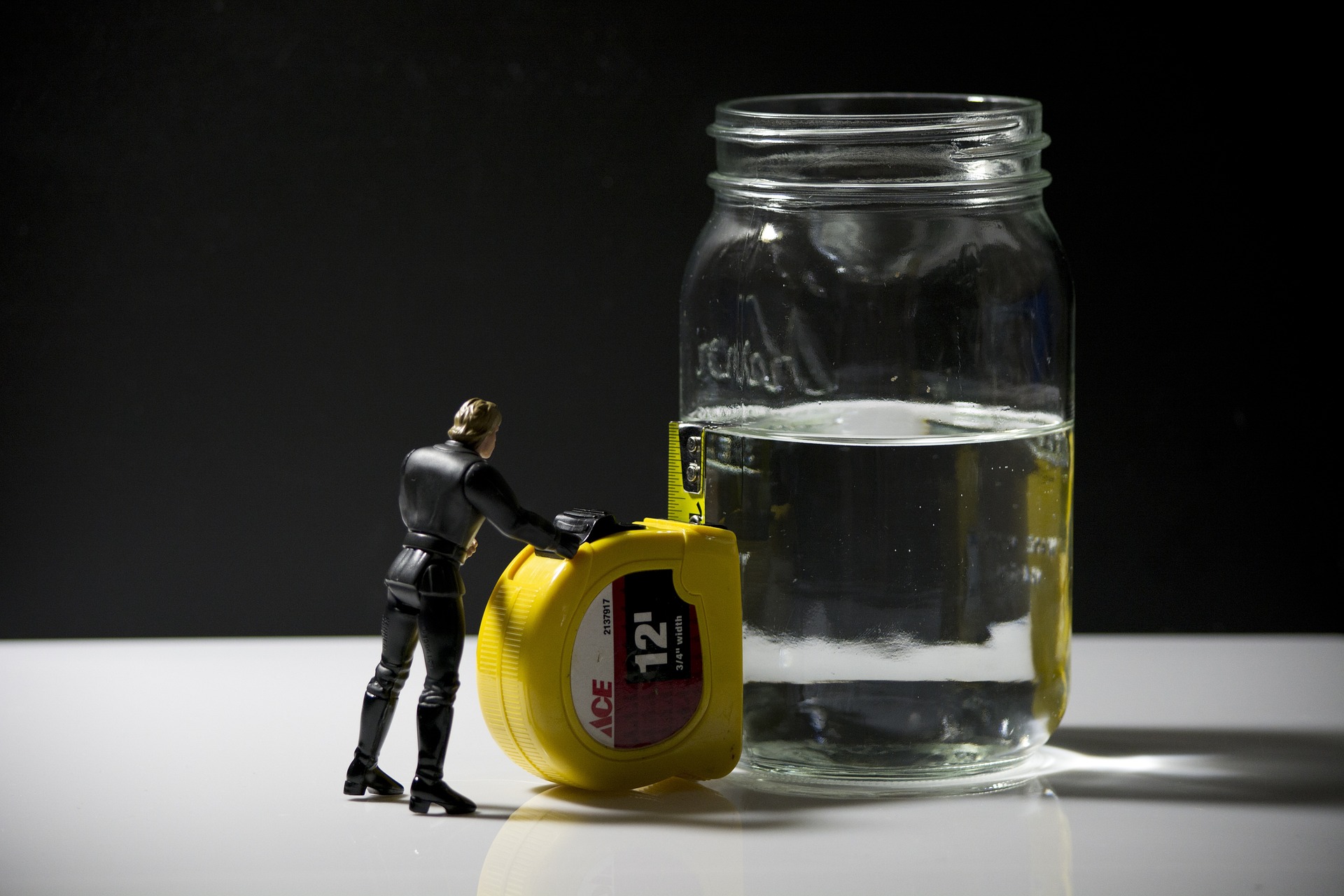Test it like it's pure

A pure function:
- has no side effects.
- always produces the same output for a given input.
Pure functions are known to be easy to test. We can use their characteristics to make all code easier to test.
Don’t mix logic and side effects in the same method
Even if you don’t write functional code, this is good practise. When separated from the rest you can test the logic to your hearts content, and create a single integration test for the side effects. We need side effects, but keep them isolated and in methods without conditionals.
Inject your dependencies
If everything that might vary is part of the input, the output can be deterministic. In contrast, letting the method have access to collaborators and state “behind the scenes”, creates variance that is independent of the input. That will make for more setup in the tests, and more combinations to cover.
Pure functions remove some of the hardest part from testing, you can use that knowledge in all software development.



Comment on the blog!
Create a comment by emailing me.
Open an email to start writing.I will then add the comment to the post.